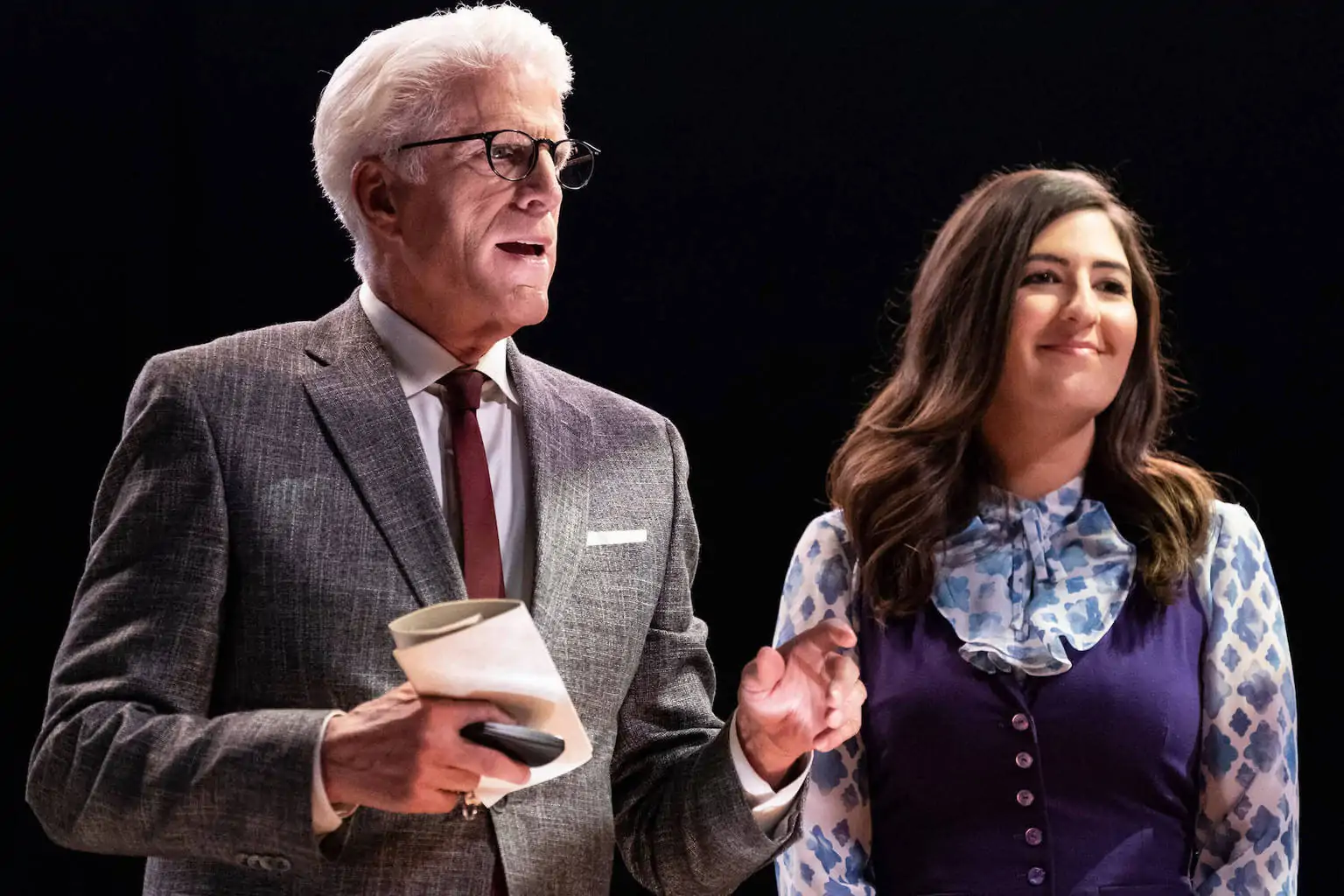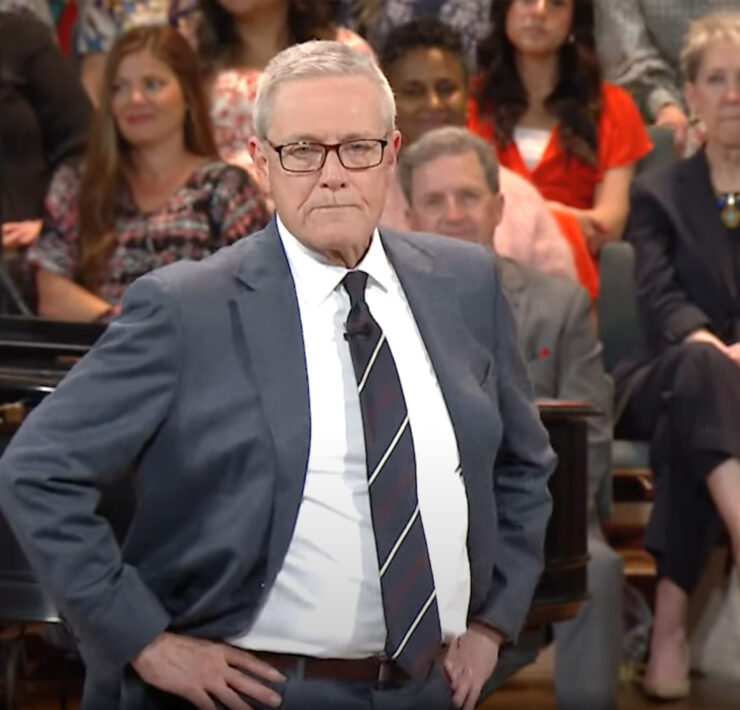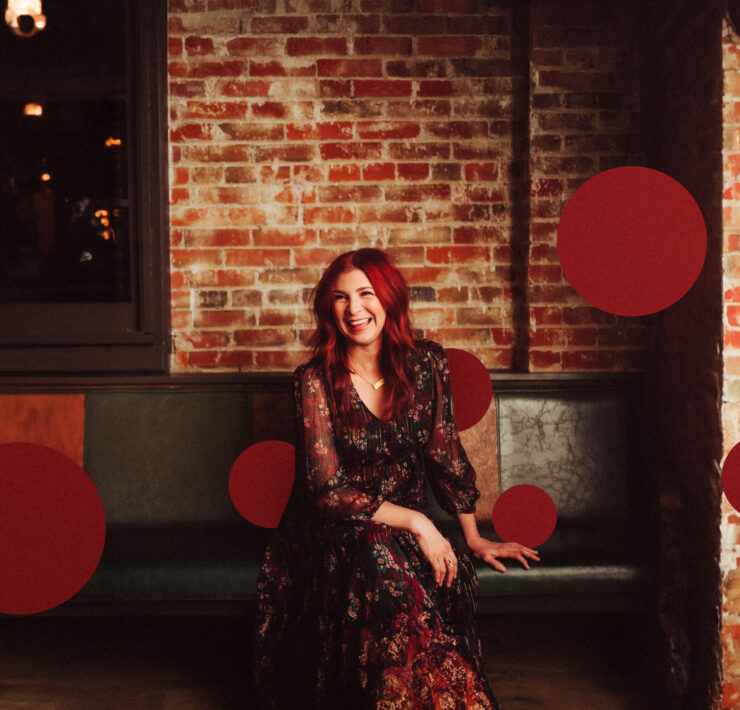
A monk, as a figure of philosophy and untapped wisdom, isn’t very funny. But a monk that rips a wet, loud fart in the middle of meditation hour is freaking hilarious. That’s why The Good Place works as a comedy that can ask big questions: It blends the juvenile (Ted Danson’s character describes himself like this: “I’m not a mountain of strength. I’m a canyon full of poo poo.”) with the cerebral (Ted Danson’s character is a morally-torn demon).
If you haven’t been watching The Good Place, you should first stop reading this article (it ruins seasons one and two), and second, you should forking start that shirt up. In broad terms, the show follows four people as they try to figure out what it means to be a good person in the context of an afterlife divided between a Good Place and a Bad Place (and a Medium Place, for special circumstances).
Of course, being a “good person” is complicated, and in light of that truth the show contains a lot of complicated ideas, but its presentation is really that simple: Whatever “good” means, let’s just try to achieve that.
While season one of The Good Place was less overt about these questions, its famous final twist allowed for a season two that was bolder in its plotting and a lot more forward about its philosophizing. Ted Danson’s character, notably, gains a lot of dimension as the show advances, going from a quirky, froyo-loving angel to a malicious demon to a demon who’s now on his own journey to figure out how much of his nature defines him and how much he can change that nature. Simple backdrop; huge depth. He’s a good representation of the show at-large.
All its exploration of morality and purpose has earned The Good Place a lot of critical praise going into season three, but lost in all the essaying and analysis is just how dang funny it is. This is a Mike Schur creation—he wrote for The Office and created Parks and Rec and Brooklyn Nine-Nine—which means a lot of it is still about the jokes.
Remember the monk who farts in meditation? The Good Place is like a monk that sneaks around meditation hour farting on all the other monks. It’s mischievous and sneaky but not at all mean-spirited (it’s just a fart!). There are lots of subtle visual gags and the show’s wordplay, from the faux-cursing to the deep-cut pop culture references, queues lots of delayed laughs. That’s not to discount the show’s Simpsons-esque use of text and signage, either.
Visually, The Good Place has one of the brightest palettes on TV, which is to say it has a lot of fun with colors. This happy-go-lucky vibe gives the show the low-stakes feeling of an animated show even as it grapples with stakes that are literally eternal. That’s essential to both its approachability as a TV show and its success as a comedy. Anyone can watch The Good Place and laugh at it. If you want to stay late to think about all the philosophy, that’s cool, but not mandatory to pass the class.
The construct is similar to American Vandal’s blend of sophomoric humor and broad cultural ideas, and there are elements of BoJack Horseman’s pure surrealism and wit, but The Good Place has a sensibility about it that makes its humor feel a bit more sophisticated. Maybe it’s the precision.
Because really at the heart of The Good Place’s comedy is the giddy application of its morality. This is a show that says waiters who see clean plates and say “I guess you hated it” belong in the Bad Place. It’s also a show where the Good Place sells yogurt in the flavor of the feeling you have when your phone is fully charged. There’s a universality at work here that showcases a lot of sharp intuition and astute observation. Those waiters are super annoying! That feeling is incredibly satisfying! It works.
And that’s how the comedy begins to serve a broader function to legitimize The Good Place’s higher aims toward a thinking-person’s comedy. By hitting the bullseye on these lowbrow targets (the first person to floss in an open-plan office is in the Bad Place Hall of Fame), the show earns your trust when it shoots for something much more ambitious, like if we should evaluate our lives by weighing every good thing we’ve ever done versus every bad thing we’ve ever done, or if we should instead focus on if we oriented ourselves toward continual self-growth, no matter the start points and end points of that line. Those questions are worth considering no matter your religion or belief system, so that universality present in the humor remains in the philosophy, too.
The Good Place is not offering a template to be a good person, but it is asking questions about what being good looks like, and that puts it right next to our experience. We might already go somewhere else (or to someone else) for answers, but it’s wonderful to have this show next to us in the questions, even if it leans over and cuts a bad one every now and then. Feel free to laugh here. Life is funny, and someone has to break the tension.






















